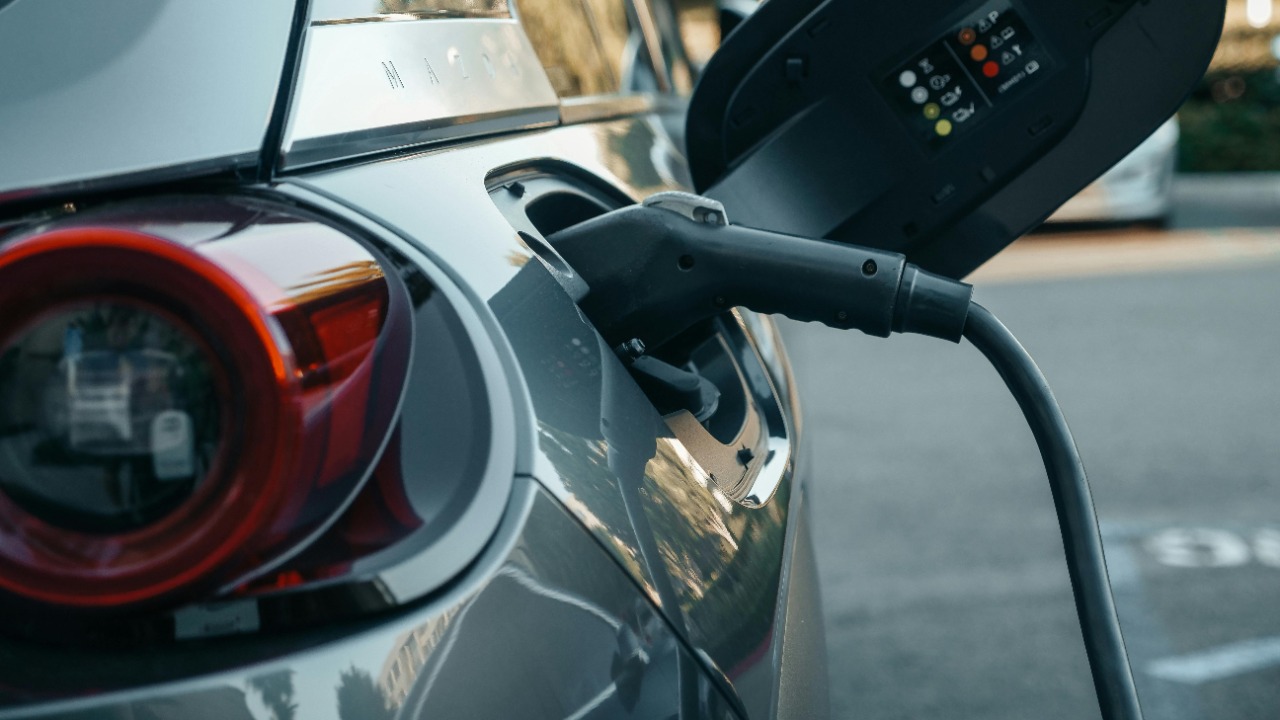
A revolutionary multi-zone cooling technology is set to redefine the electric vehicle (EV) landscape by enabling ultra-fast charging and extending battery life. This innovation, designed to overcome major obstacles in EV adoption, promises to enhance performance by maintaining optimal temperatures across battery zones during high-power charging sessions. Such advancements in cooling technology could potentially make EVs a more viable alternative to traditional vehicles in terms of convenience and efficiency.
The Basics of Multi-Zone Cooling Technology
The essence of multi-zone cooling lies in its ability to independently regulate temperatures in different sections of the battery, thereby preventing hotspots during charging. This technology leverages targeted coolant flows or phase-change materials to isolate heat buildup, thereby enhancing overall EV thermal control. Unlike traditional single-zone systems, multi-zone cooling offers improved efficiency without adding excessive weight or complexity to the system.
How Multi-Zone Cooling Accelerates EV Charging
One of the key benefits of multi-zone cooling is its ability to facilitate even heat distribution. This allows for higher charging currents, enabling ultra-fast charging rates that could potentially halve the time taken by current standards. The technology employs real-time temperature sensors that adjust coolant in zones to sustain peak power input without risking damage to the battery. For instance, under controlled conditions, it could be possible to charge a mid-size EV battery from 20% to 80% in under 15 minutes.
Extending Battery Life Through Thermal Precision
Multi-zone cooling technology not only accelerates charging but also extends battery life by reducing thermal stress on battery cells. By avoiding degradation from uneven heating, the technology can preserve battery capacity over thousands of cycles. Studies and projections suggest that this could result in up to 20-30% longer battery life expectancy due to minimized lithium plating and electrolyte breakdown during fast charges. Furthermore, the technology is compatible with existing battery chemistries, including high-energy-density cells like those in modern lithium-ion packs.
Engineering Challenges and Innovations
Despite its potential, the implementation of multi-zone cooling technology is not without its challenges. One of the primary hurdles is ensuring compact integration of multi-zone channels within tight battery enclosures without compromising safety. However, advancements in materials, such as advanced heat pipes or refrigerants, have made it possible to overcome these challenges and enable the ultra-fast charging capabilities highlighted in recent EV performance reports. Furthermore, the technology’s scalability for mass production is being addressed through cost reductions via modular components.
Impact on EV Market Adoption
The advent of faster charging and longer battery life could significantly boost consumer confidence in EVs, potentially increasing their market share by alleviating range anxiety. The technology also has transformative potential for fleet operators, where reduced downtime from quick charges aligns with efficiency demands in commercial applications. Moreover, the technology is compatible with existing DC fast-charging stations that have been upgraded for higher power handling, thereby minimizing infrastructure implications.
Future Developments and Testing
As of November 16, 2025, ongoing prototypes and simulations are demonstrating the viability of multi-zone cooling technology. Automakers and thermal specialists are partnering to refine the system, with a view to commercializing it in the near future. However, regulatory considerations, such as enhanced safety certifications for high-speed charging under varied environmental conditions, need to be addressed before the technology can be widely adopted.
With its potential to transform EV performance and adoption, multi-zone cooling technology is indeed a game-changer in the making. As the technology continues to evolve and overcome challenges, it is set to make EVs a more attractive and viable alternative to traditional vehicles.
More from MorningOverview